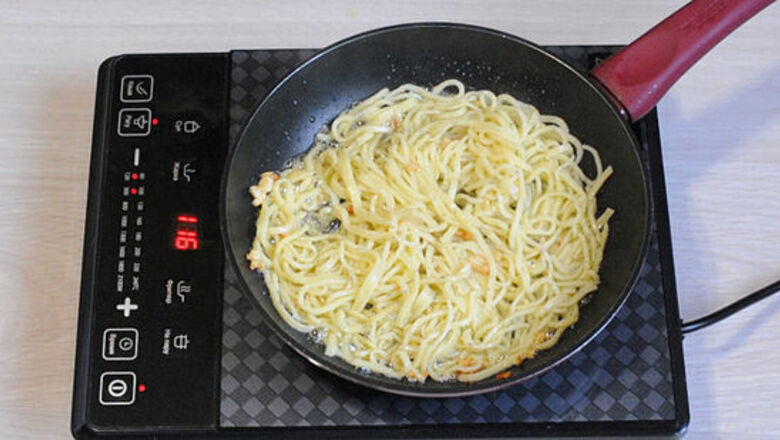
views
Adding Seasoning to Cooked Pasta
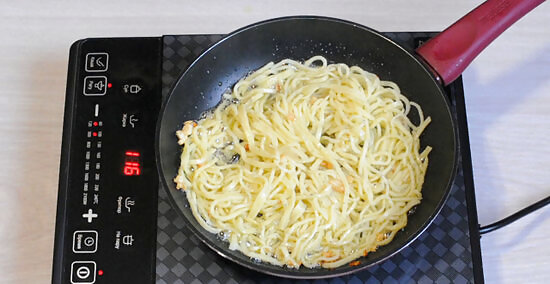
Try a simple oil and garlic dressing. This is a delicious, comforting, and easy way to serve up pasta. As you're cooking the noodles, simmer about ⁄2 cup (120 mL) of extra virgin olive oil, 3 minced garlic cloves, and 1 teaspoon (5 grams) of salt in a skillet over low heat. Stir the mixture occasionally and cook for about 8 minutes, or until the garlic becomes soft and takes on a golden color. Add the cooked pasta and about ⁄4 cup (59 mL) of the cooking water to the olive oil and mix well. If you want your pasta to be a little spicier, you can also simmer a pinch of red pepper flakes in the oil along with the garlic.
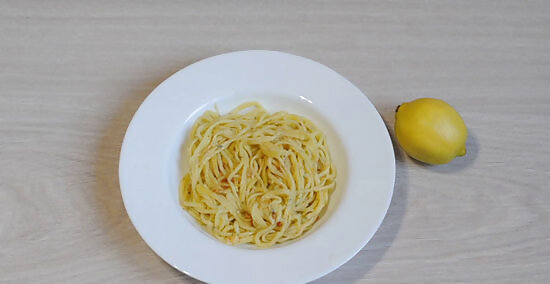
Add a splash of lemon for extra zing. Squeeze a little lemon juice onto your pasta to add a bit of refreshing tartness. Lemon goes especially well with dressings made with garlic and olive oil or butter. If you prefer, you can add some lemon zest instead. Zest about half a lemon and mix the zest in with the cooked pasta before serving.
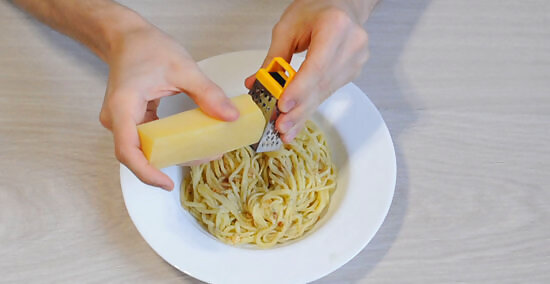
Sprinkle on some parmesan cheese. Parmesan is a classic addition that goes well with just about any pasta dish. Sprinkle it on top of pasta in a simple butter or olive oil dressing, or use it to add extra dimension to a marinara, alfredo, or pesto sauce. Fresh parmesan cheese is more flavorful than the popular pre-grated or powdered varieties. Buy a block of parmesan from your grocery store deli and grate it directly over your freshly-cooked pasta. There's no specific guideline for how much cheese to add to your pasta. Some people like just a sprinkling, and others prefer to pour it on. Try aiming for about ¼ of a cup (35g) of cheese per 1 pound (0.45 kg) of pasta and adjust to taste from there.
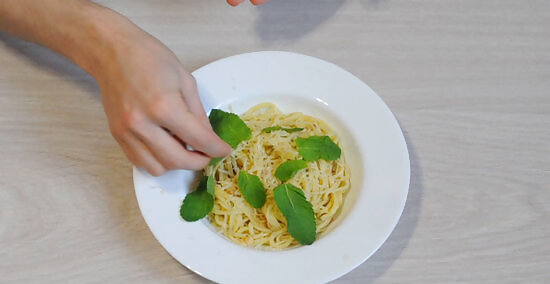
Experiment with other seasonings. Pasta is a versatile dish, so it can go well with just about any savory seasoning. Try making a simple buttered pasta and adding classic Italian spices like oregano, parsley, basil, rosemary, or sage. You can also experiment with seasonings like turmeric, cumin, or even cardamom. Don't feel constrained to savory spices. If you're feeling daring, you can try frying up some cooked pasta with butter, fresh parmesan, and a pinch of fresh nutmeg. The amount of seasoning you need will depend on your taste and the type of seasoning you are using. For strongly flavored or spicy seasonings, such as basil or red chile pepper flakes, try starting with 1 teaspoon (about half a gram to 1.5 g, depending on the spice) per 1 pound (0.45 kg) of pasta and adding more to taste. For a milder seasoning, like parsley, try starting with 2 tablespoons (about 0.8 g) per 1 pound (0.45 kg) of pasta.
Making Seasoned Pasta Dough
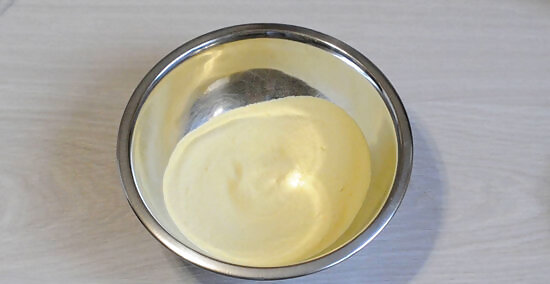
Mix together some flour and salt. If you're making 4-6 servings of pasta, use 2 cups (240 grams) of flour and ½ a teaspoon (2.5 grams) of salt. Whisk the flour and salt together in a mixing bowl with a fork. Save a little extra flour for rolling out the pasta.
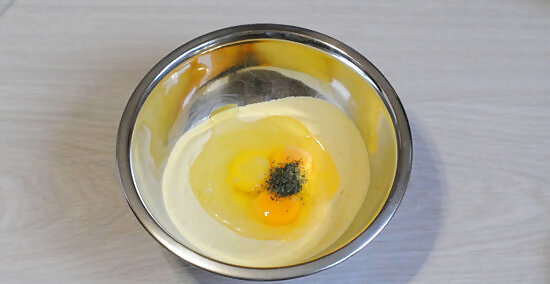
Add the seasoning of your choice and 3 large eggs. Create a deep depression in the middle of the flour and salt mixture and crack the eggs into it. Add your selected seasoning to the eggs, then whisk the eggs and spices together with a fork. You can try adding things like: A few spoonfuls of fresh, minced herbs, such as rosemary, sage, basil, or parsley. Soft pureed herbs will also impart a nice, bold color to the finished dough. 1 or 2 roasted and pureed red bell peppers. These will add a subtle sweetness to the pasta and give it an orangey-red tint. A few ground or pureed chile peppers for a bit of kick.
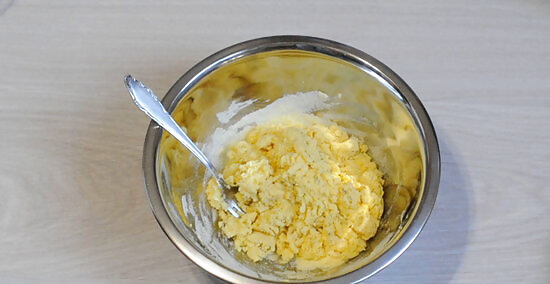
Whisk together the flour, eggs, and spices. Gradually mix the flower into the eggs with your fork, drawing from the bottom and sides of the bowl. Continue to whisk the mixture until you have a soft dough. Don't worry about incorporating every bit of flour into the dough at this stage of the process. Just whisk the mixture until the eggs and most of the flour are combined.
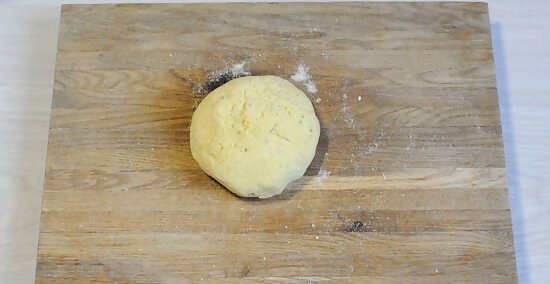
Turn the dough out onto a clean counter and knead it. Once you have a soft dough, turn the bowl over and dump the dough and any remaining flower onto a clean, flat surface. Gently fold the dough over onto itself, flatten it out, and repeat until it becomes firm. Then, begin to knead the dough. Continue to knead until the dough becomes smooth, stretchy, and has few bubbles in it when you slice it with a knife. If the dough sticks to your hands or the counter, sprinkle a little flour onto the dough and/or your work surface.
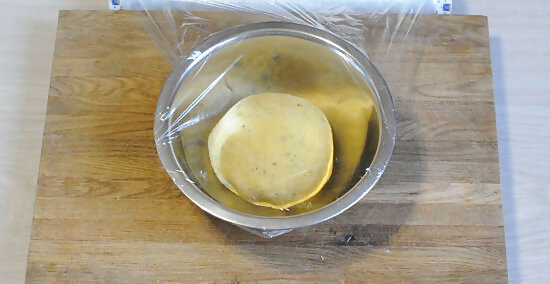
Let the dough rest for at least 30 minutes. Put the ball of dough into a clean, dry mixing bowl and cover the bowl with plastic wrap or a dinner plate. Let the dough sit at room temperature for about half an hour, or in the refrigerator for up to 24 hours. If you refrigerate the dough, let it warm up to room temperature before rolling it out.
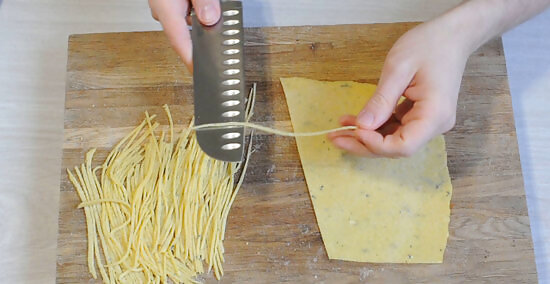
Roll out the pasta and shape it as desired. Place your dough on a well-floured surface and cut it into 4 or more equal pieces. If you have a pasta machine, feed the dough through according to your machine's directions. You can also flatten the pasta with a rolling pin and cut it into strips by hand. Once your pasta is made, you can either cook it right away or save it for later. You can air-dry your pasta on a coat hanger or clothes drying rack overnight, or freeze it on a baking sheet and then store it in freezer-safe containers until you're ready to cook it.
Seasoning Pasta Water
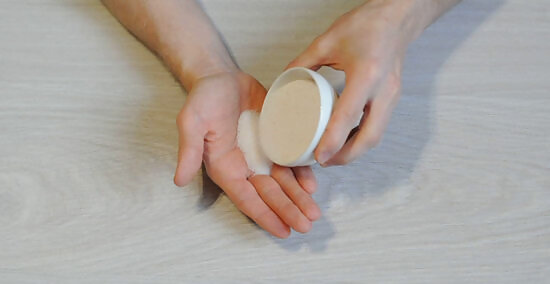
Choose a fine-grained salt for best absorption. Adding salt to the water during cooking will boost the flavor of your noodles and enhance the taste of the entire dish. Fine-grained salts, such as a basic table salt, will dissolve more quickly and absorb into your noodles more easily than coarse-grained salts. If you like, you can experiment with adding finely ground sea salt or Himalayan salt to your water for a slightly different flavor experience. You can add other seasonings if you wish, but they will not make much difference to the flavor of the noodles.
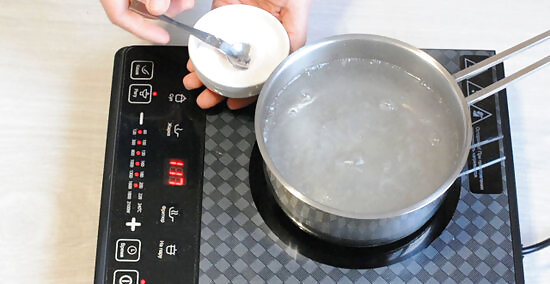
Add the salt when the water starts to boil. Once the water reaches a rolling boil, mix the pasta and the salt into the water. Waiting until the water boils may prevent the salt from slowing down the boiling process, and can also minimize potential damage to your pot.
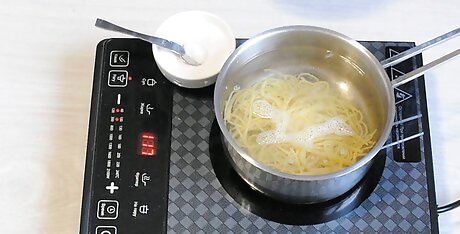
Use 1.5 tablespoons (25.6 grams) of salt for every pound (.45 kg) of pasta. You will need to add a decent amount of salt (enough to make the water taste briny) if you want to make any difference to the flavor of the pasta. If your pasta isn't salty enough, experiment with adding a little more salt for future batches. If you add too much salt, your pasta may become sticky and clumpy.


















Comments
0 comment